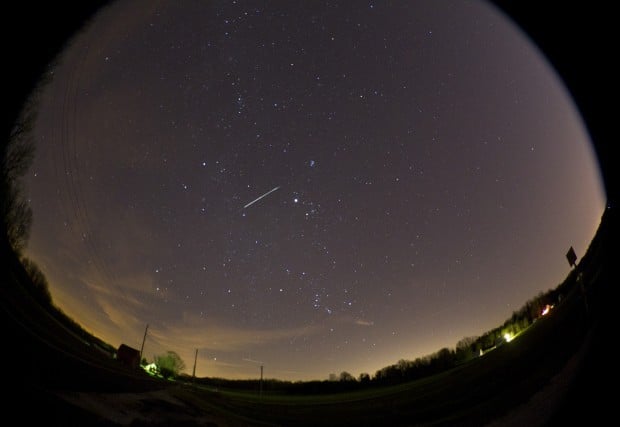The Geminids are probably the best meteor shower of the year—often exceeding the Perseids in August and the Leonids in November.
LOOK: Amazing photos of the Geminid meteor shower in Tucson
The Geminids probably don’t get more attention since their peak is on the night of the 13th and the morning of the 14th of December, a time of year when it is cold in most of the country, occasionally with ice and snow (not in Tucson, fortunately).
Observe the Geminids next Wednesday evening, Dec. 13 and Thursday morning, Dec. 14. The thin crescent Moon does not rise until 3:57 a.m. Thursday and will not interfere with the meteor shower. As with most meteor showers, the best viewing is from a dark location after midnight.
During a meteor shower, most of the meteors appear to come from a point in the sky. This point or “radiant” is in the constellation for which the shower is named.
The Geminids radiate from Gemini the Twins which will be overhead at 1:30 a.m. However, it’s hard to look directly overhead for any length of time. I find it is most comfortable to look at the sky about halfway up from the horizon.
This is easily done while sitting bundled up in a favorite lawn chair and having hot chocolate or other warm beverage (non-alcoholic to preserve one’s night vision!). You can look in any direction. The meteors will be going to all parts of the sky.





